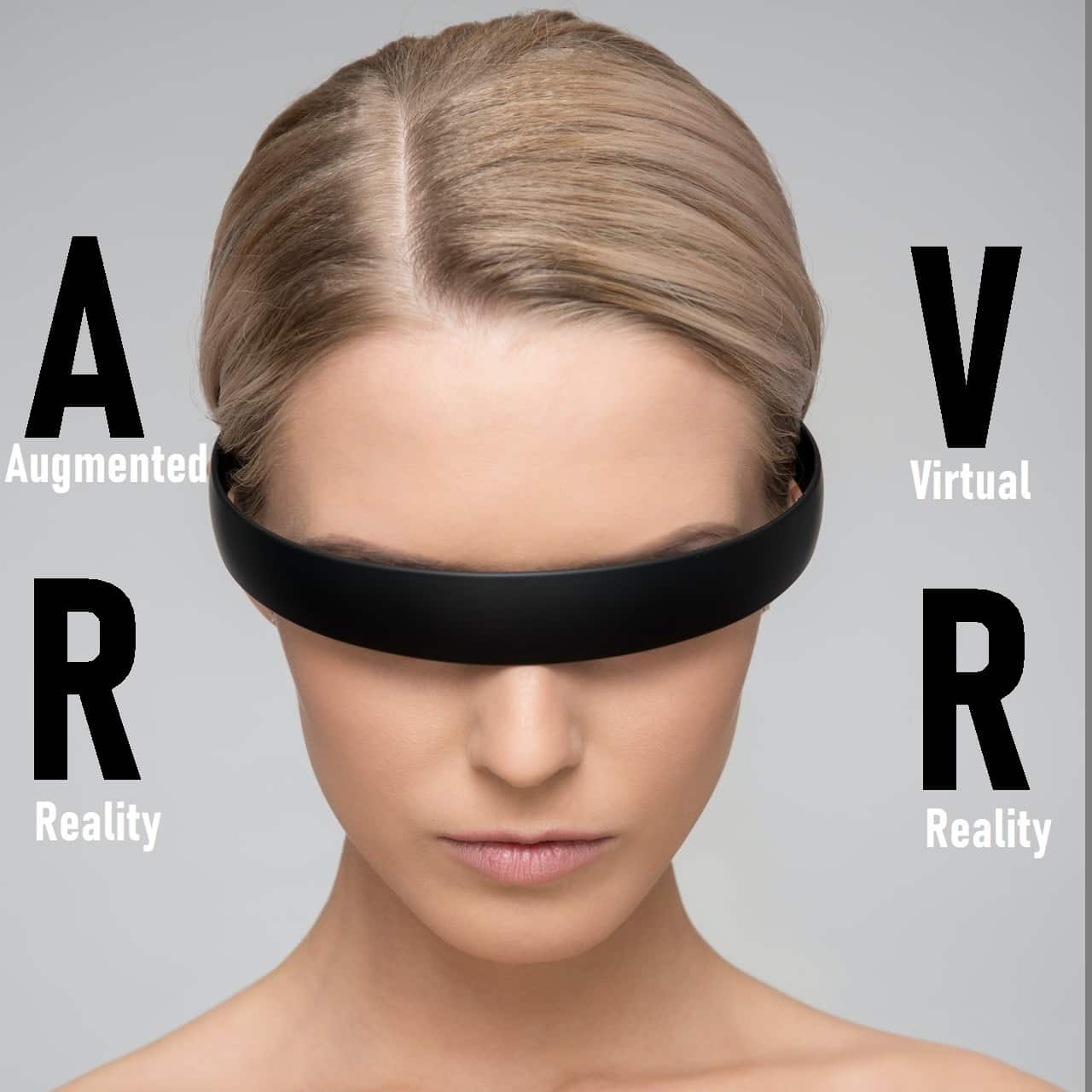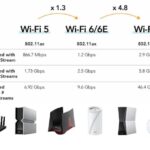Balancing Act: The Benefits and Drawbacks of VR in Education
Virtual Reality (VR) technology is increasingly being used in educational settings. The immersive, interactive nature of VR has the potential to revolutionize learning, but its application is not without challenges. Let’s explore the pros and cons.
Pros of VR in Education
Enhanced Engagement and Immersion
By creating a fully immersive environment, VR captivates learners in a way that traditional classroom methods can’t. It can transport students to different eras, locations, and situations, enhancing their understanding and retention.
Hands-On Learning Experience
VR allows learners to gain practical experience in a safe environment. For example, medical students can perform virtual surgeries, enabling them to practice techniques and learn from mistakes without real-world consequences.
Adaptable Learning Opportunities
With VR, learning can be tailored to each student’s needs and pace. This personalization of learning can help students better understand complex topics.
Cons of VR in Education
High Costs
The significant cost of VR equipment and software can be a significant barrier. Schools may struggle to afford the necessary technology, and there may also be ongoing costs for maintenance and updates.
Technical Issues
As with any technology, VR can experience glitches, breakdowns, or updates, causing interruptions in learning.
Potential Health Issues
Prolonged use of VR can lead to discomfort or health issues such as eye strain, dizziness, or nausea. It’s important to manage the duration and intensity of VR usage to prevent such problems.
Conclusion
While VR offers exciting opportunities for enhancing education, it’s crucial to consider its potential drawbacks. A balanced approach, which maximizes the benefits and mitigates the challenges, will be key to the successful integration of VR into educational settings.
















